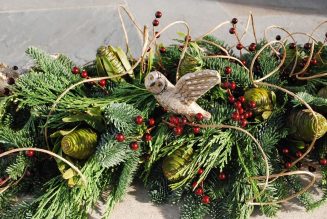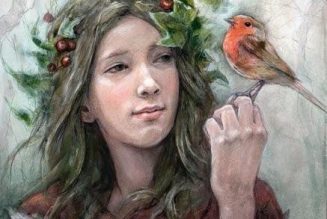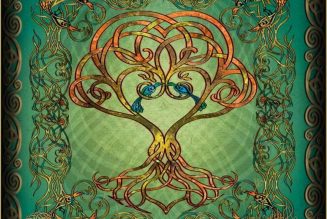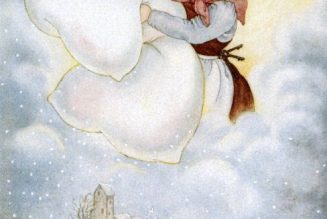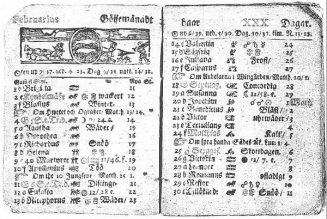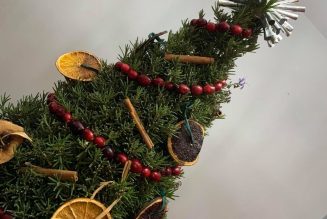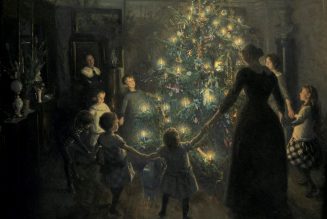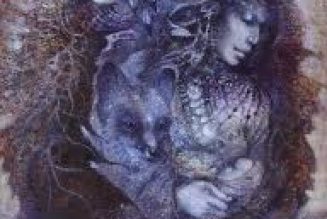
The word distaff means “fiber stick.” Thus, the Old Norse dísir and Old English idises, tutelary spirits who presided over the birth of a child, determined the length, thickness, and overall quality of the thread that was to be that child’s lifespan, just like the fairies in “Sleeping Beauty.”
The most primitive kind of distaff is, indeed, a stick. It should be long enough that the spinner can hold it comfortably between her knees and have the cloud of unspun fibers at eye level, but not so long that she cannot tuck it under her arm if she wants to spin while walking. Any sapling or straight branch with an upward
sweep of twigs on the end will do, such as ash, sycamore, or sassafras. No, you don’t need a spindle; this distaff is for decorative purposes only.
In turn-of-the-last-century Pennsylvania, the poor city dweller’s alternative to a fresh-cut Christmas tree was a branch of sassafras set upright in a stand, its branches covered in cotton batting. You don’t have to use sassafras for this craft, but your branch or sapling should have the same upward sweep of twigs. Strip
your branch of all leaves and any loose bits of bark. Wind each twig tightly around with a strip of cotton batting or unrolled cotton ball so it looks like the tree is covered in snow. Wrap the trunk or central branch as well. When your tree is all wrapped, adorn it with a short string of tiny lights. For a wintry look, I prefer clear or blue lights on a white wire. Set your creation in the window and
call it a distaff, Christmas tree, or queen’s scepter as you like. Because the cotton has not been spun, you will have to undress the twigs before the Spinnstubenfrau comes to inspect your work at Epiphany, but if you like, you can replace the lights on the bare twigs and keep them up until Candlemas.
